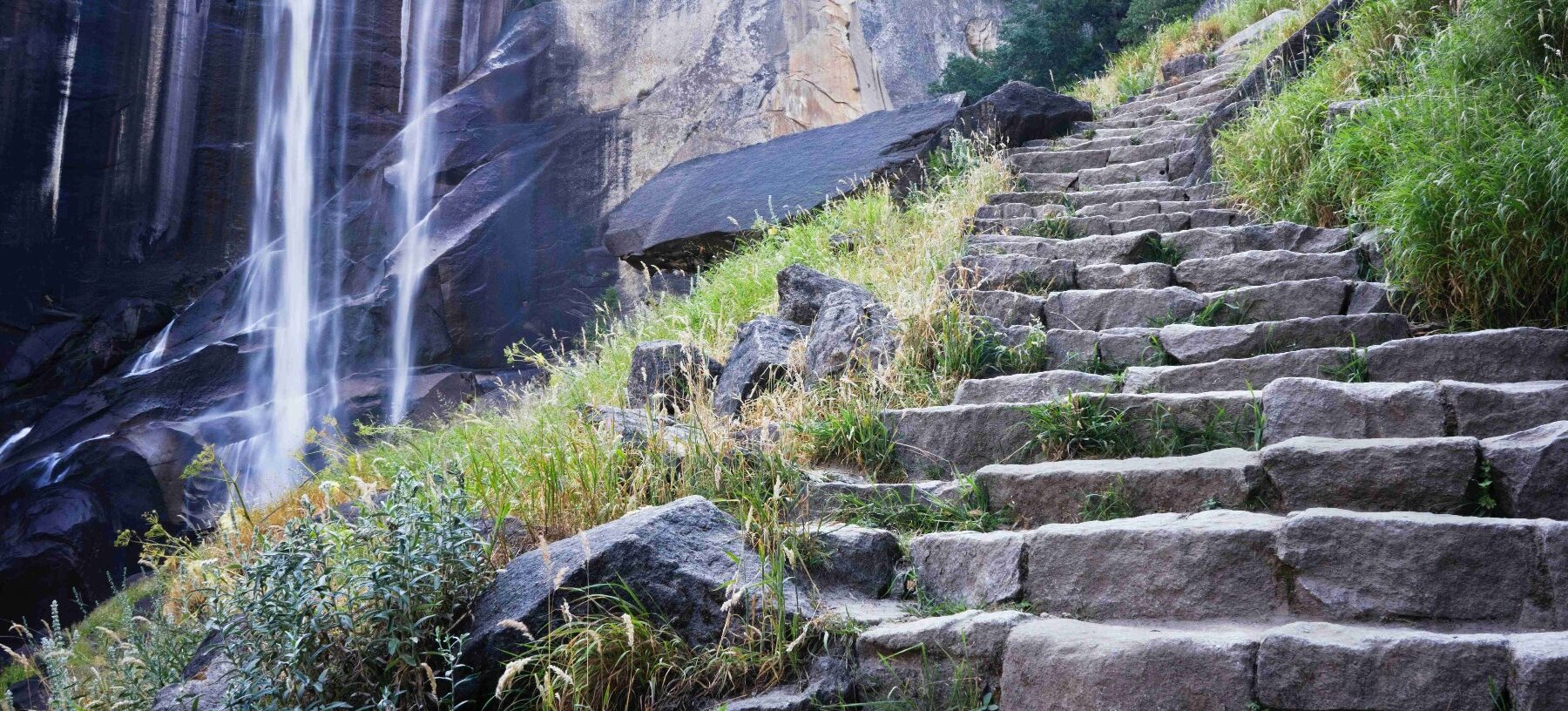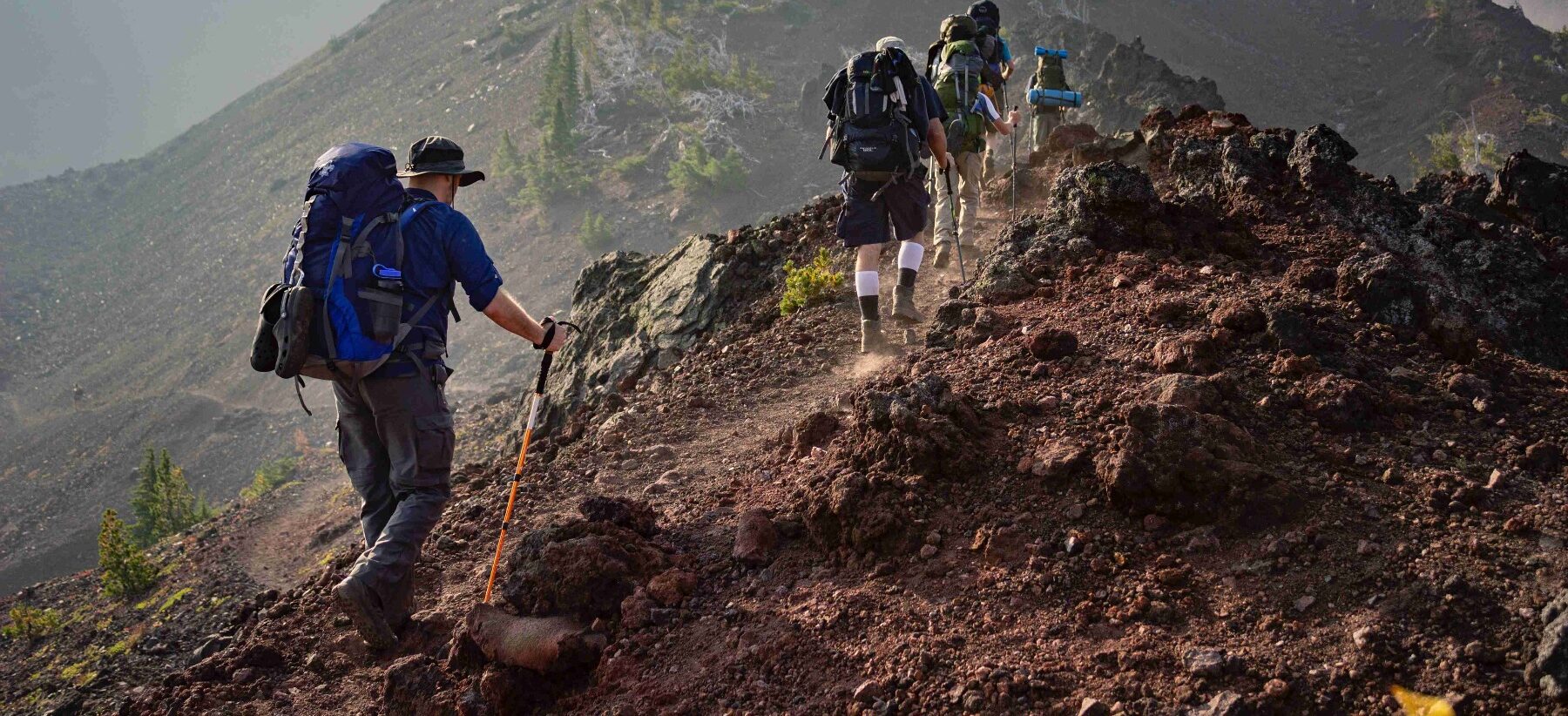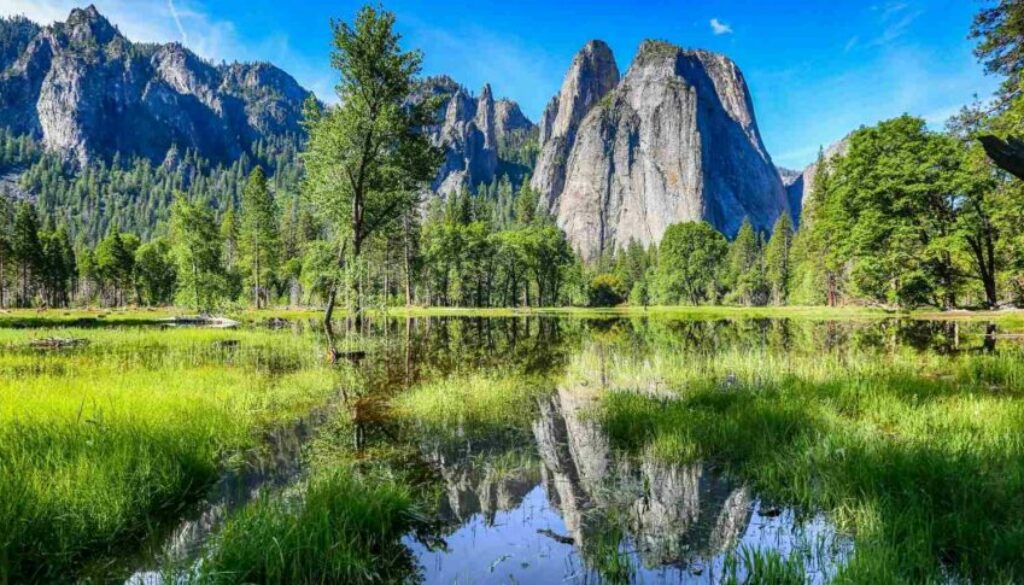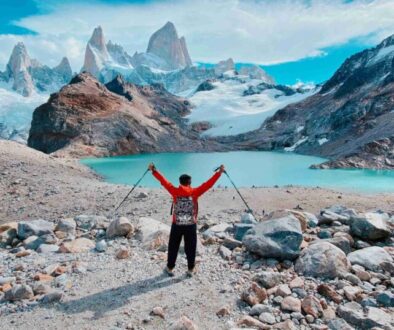Discover the Thrills of Overnight Hiking: A Beginner’s Guide
Embark on an exciting adventure with overnight hiking. Learn the essentials, tips, and must-knows in this comprehensive guide for beginners.
Are you ready to start an exciting journey into the vast wilderness?
Overnight hiking, also known as backpacking, offers an unforgettable experience that connects you with nature like never before. In this guide, we’ll explore the world of overnight hiking, providing you with essential tips, insights, and everything you need to know to get started on this exciting journey.
What is Overnight Hiking?

As the name suggests, overnight hiking involves hiking and camping out in the wilderness for one or more nights. It’s a fantastic way to disconnect from the hustle and bustle of everyday life, immerse yourself in the beauty of nature, and challenge yourself physically and mentally. Whether you’re a seasoned outdoor enthusiast or a beginner, overnight hiking offers an opportunity to explore remote and scenic places, all while carrying everything you need on your back.
How to Plan Your Overnight Hiking?
Before you lace up your hiking boots and hit the trail, thorough planning is essential. Here are a few crucial steps to consider:
Choose the Right Destination
Selecting the perfect overnight hiking destination is crucial. It’s like picking the right puzzle piece for your adventure. Consider your skill level and preferences. Do you seek rugged mountains or serene forests? Research the terrain, climate, and local wildlife. Your choice shapes your experience. A wise hiker plans ahead.
Each trail has a story; make sure it’s the one you want to tell. So, before you lace up your boots, choose the right destination for your unforgettable overnight hiking journey. You can choose some destinations from the given for exploring:
- Yosemite National Park, California: Explore the iconic Yosemite Valley or tackle the challenging backcountry trails with stunning waterfalls and granite cliffs.
- Grand Canyon National Park, Arizona: Hike into the depths of the Grand Canyon and camp along the Colorado River for a breathtaking experience.
- Appalachian Trail, Eastern U.S.: This legendary long-distance trail offers various overnight hiking opportunities along its 2,190-mile stretch, with diverse landscapes and historic shelters.
- Rocky Mountain National Park, Colorado: Discover alpine lakes, towering peaks, and wildlife while hiking and camping in this stunning national park.
- Zion National Park, Utah: Explore the narrows of Zion Canyon or embark on the challenging hikes in this red rock wonderland.
- Yellowstone National Park, Wyoming: Experience geysers, hot springs, and abundant wildlife while hiking and camping in the world’s first national park.
Gear and Equipment
Selecting the right gear and equipment for your overnight hiking adventure is like assembling the tools of a craftsman. Your choices determine your comfort and safety in the wilderness. Start with sturdy boots, a trusty backpack, and weather-appropriate clothing. Pack essentials like a tent, sleeping bag, and cooking gear. Don’t forget a reliable map and compass. It’s not about fancy gadgets; it’s about practicality. Each item in your backpack is a puzzle piece for your journey. So, choose wisely, keep it simple, and let nature be your guide.
Permits and Regulations

Navigating permits and regulations is a key part of the overnight hiking puzzle. Parks and wilderness areas often have rules to protect nature and ensure everyone’s safety. Research permits required for your chosen trail, and plan ahead.
Respect camping regulations, including designated sites and fire restrictions. Follow Leave No Trace principles to minimize your impact. Remember, these rules are like the trail markers—they guide you to a harmonious outdoor experience. By obeying them, you help preserve the beauty for all hikers to enjoy.
Weather Forecast for Overnight Hiking
Checking the weather forecast is like reading nature’s playbook for your overnight hiking adventure. It’s your crystal ball, offering insights into what lies ahead. Pay attention to temperature, precipitation, and wind.
Mother Nature can be unpredictable, but a forecast helps you prepare. A clear sky or a sudden storm can make all the difference. So, before you hit the trail, consult the forecast, adapt your plans, and stay safe in the great outdoors.
Leave No Trace
“Leave No Trace” is the golden rule of overnight hiking. It’s your promise to nature, a code of conduct etched in every footstep. Pack out what you pack in, leaving wilderness as you found it. Dispose of waste properly and tread lightly, like a ghost passing through. The trail should bear no witness to your journey. By embracing “Leave No Trace,” you become a steward of the wild, preserving it for generations to come.
What Essentials You Should Pack?

When you’re out in the wilderness, you need to be self-sufficient. Here’s a checklist of essentials to pack for your overnight hiking adventure:
- Navigation tools: Maps, compass, and GPS.
- Shelter: A lightweight tent or tarp.
- Sleeping gear: Sleeping bag and sleeping pad.
- Clothing: Layered clothing appropriate for the weather, including moisture-wicking base layers and a waterproof outer shell.
- Food and Cooking: Lightweight, high-energy food, a stove, and cookware.
- Water and Filtration: A water bottle or hydration system and a water filter or purification tablets.
- First Aid Kit: Basic supplies for treating minor injuries.
On the Trail:
As you hit the trail, remember to pace yourself. Hiking for extended periods can be physically demanding, so take breaks, drink water, and enjoy the scenery. Keep an eye out for trail markers, and always let someone know your itinerary in case of emergencies.
Overnight Camping:
Choosing a suitable campsite is crucial for a comfortable night’s rest. Look for level ground away from water sources to minimize environmental impact. Follow the Leave No Trace principles when setting up camp.
As night falls, ensure your campfire complies with local regulations, and enjoy a warm meal under the starry sky. Don’t forget to hang your food in a bear bag or bear canister to prevent unwanted wildlife encounters.
Maintain Safety First, but How?

Safety should always be your top priority when overnight hiking. Here are some essential safety tips:
- Stay on the Trail: Straying off the marked path can lead to getting lost. Stick to designated trails.
- Wildlife Awareness: Be aware of your surroundings, make noise to alert wildlife to your presence, and store food securely to avoid attracting animals.
- Emergency Communication: Carry a whistle, phone, or satellite communicator for emergencies.
- Buddy System: Hiking with a partner is safer than hiking alone.
- Weather Watch: Keep an eye on changing weather conditions and be prepared to turn back if necessary.
- Leave a Trip Plan: Let someone know your schedule and expected return time.
Conclusion
Overnight hiking offers a unique opportunity to connect with nature, challenge yourself, and create lasting memories. With proper planning, essential gear, and a commitment to safety, you can embark on incredible adventures into the great outdoors. So, lace up your hiking boots, grab your backpack, and start exploring the beauty of the wilderness through the exhilarating experience of overnight hiking.
Happy Hiking!



